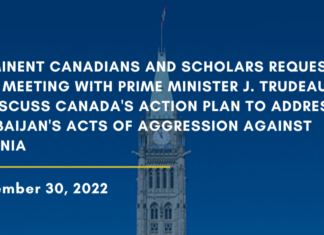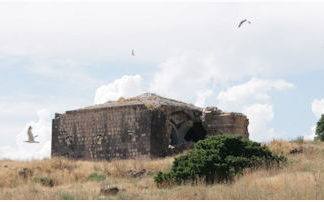By Edmond Y. Azadian
An ARF political thinker named E. Agnouni has encapsulated the Armenian people’s propensity to emigrate away from their native land by a perfectly rhyming sentence in Armenian: “Hayeh Amen tegh eh penderoom apastan, batsi ayn teghits voreh kochvoom eh Hayastan” (The Armenian is seeking a haven in all places but the place called Armenia.)
This tendency has political, military and economic roots, but over the centuries, it seems that Armenians have more easily decided to go with the current than fight meaningfully against it. Our literature and music are replete with songs of yearning, nostalgia and love for the native village, city and country, but seldom of fulfillment, recovery or restoration of sovereignty.
In addition to external causes, a sense of inferiority has permeated the subconscious and psyche of the Armenians to serve alien forces and to try to excel in proving their prowess to their overlords. Indeed, there were emperors, princes and generals of Armenian extraction in the Byzantine Empire, even when the Byzantine armies had been attacking and sacking Armenian kingdoms, principalities and historic centers like the medieval Armenian metropolis of Ani, a rival to its contemporary centers such as Damascus, Baghdad and Istanbul.
There was Armenian military aid to the Muslim forces conquering Egypt, especially Alexandria in the ninth century.
World War II brought forth the military genius of the Armenians, always under the Soviet flag; indeed the valor of Marshal Hovhannes Baghramian, Admiral Issakov, General Nver Safarian and Nelson Stepanyan wrote the glorious pages of World War II. And lest one forget, General Anastas Mikoyan, the member of Politburo and president of the Supreme Soviet, in effect, the leader of the Soviet Union.









